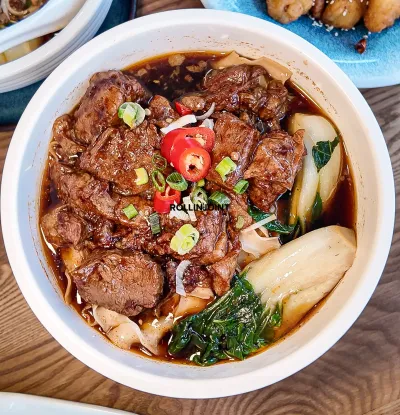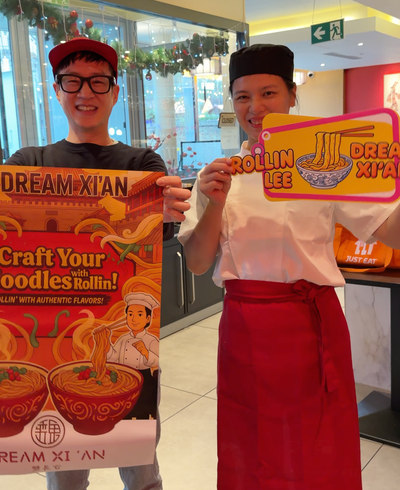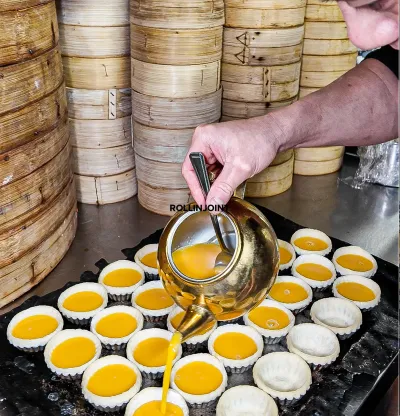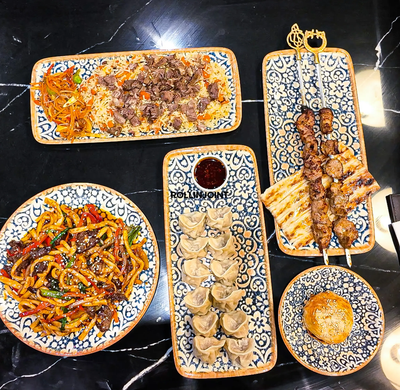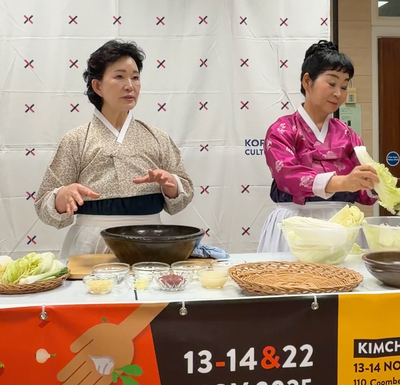JWD Hand-Pulled Noodle Bar 20% Discount Code
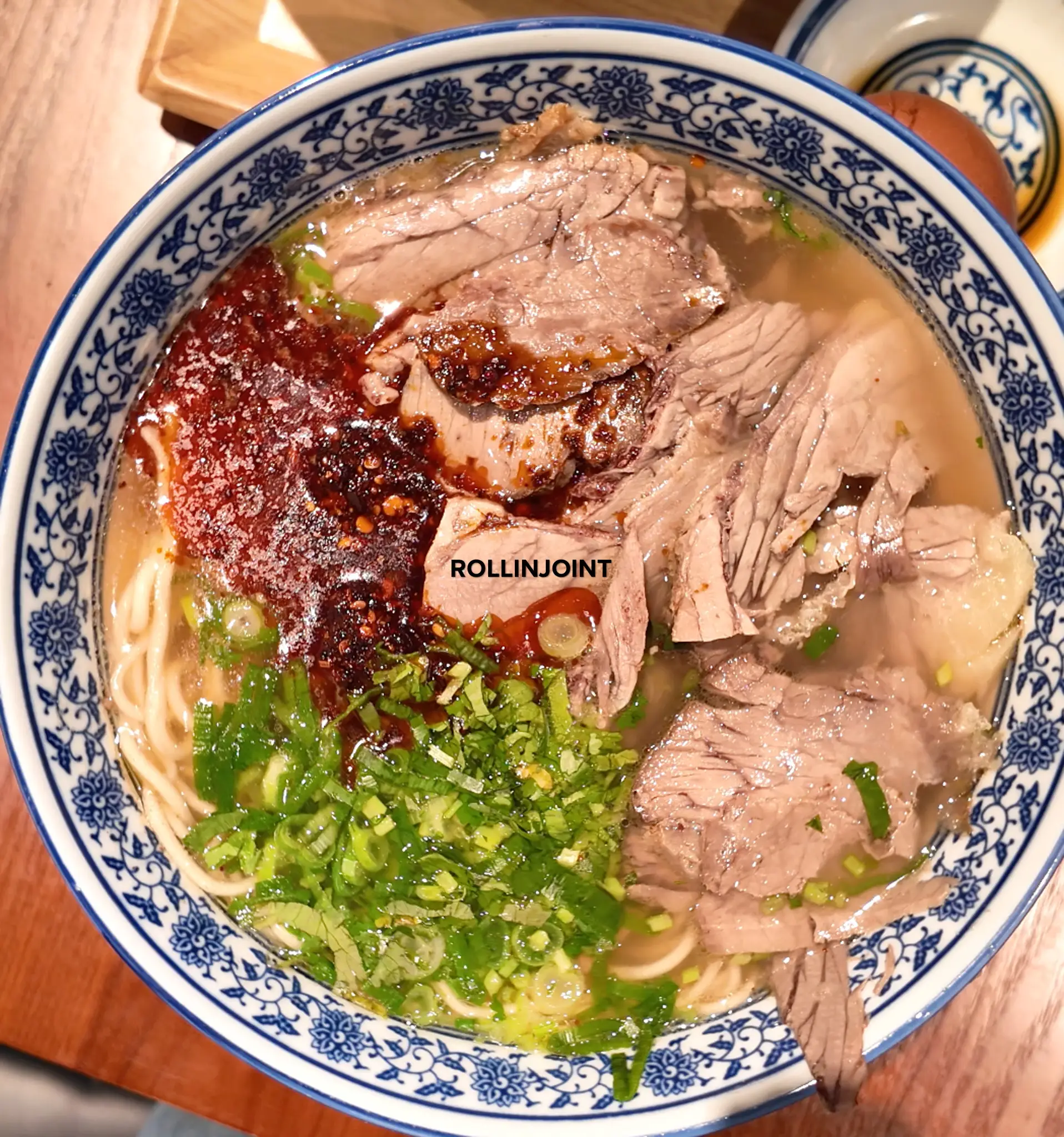
So I made a video about Lanzhou restaurant called Papa Noodles and I got some comments about the restaurant being halal.

But there’s a reason why Lanzhou noodles being halal is actually the authentic way. Below is the video where it happened. For some reason the videos on Instagram and Youtube shorts are mostly kind comments, but Tiktok is the one that people were not happy about it .
The Forgotten History Behind Lanzhou Lamian
There are MANY noodle shops across London. But few that tell a story this old.
Most people walk into JWD Lamien for a quick bowl of beef noodles, not realizing that what they’re eating carries over a century of Silk Road history.
And that’s what makes it worth the travel.
From the Silk Road to Lanzhou
Lanzhou beef noodles or Lanzhou Niurou Lamian
(兰州牛肉拉面) were born in northwest China, where the Hui Muslim community lived.
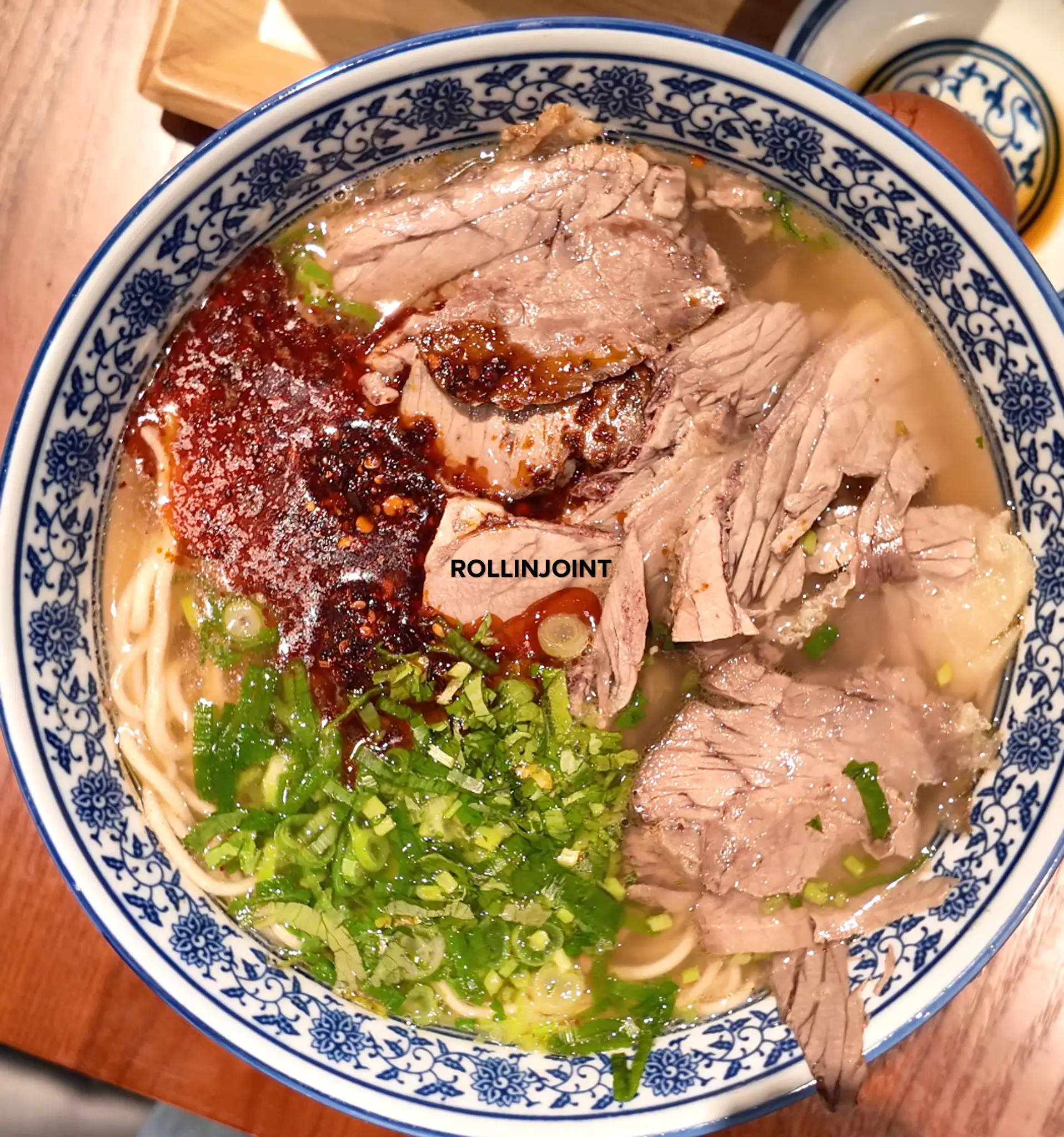
The Hui were descendants of Persian and Central Asian traders who came through the Silk Road and brought with them Islamic food traditions: no pork, no alcohol, and a deep respect for purity and balance.
They mixed these values with Chinese cooking and created something new, noodles that were stretched by hand, paired with clear beef broth, and flavored with restraint.
How the Original Lanzhou Noodles Were Made
In the 19th century, a Hui chef named Ma Baozi perfected the standard that every Lanzhou noodle shop still follows today “One Clear, Two White, Three Red, Four Green, Five Yellow.”
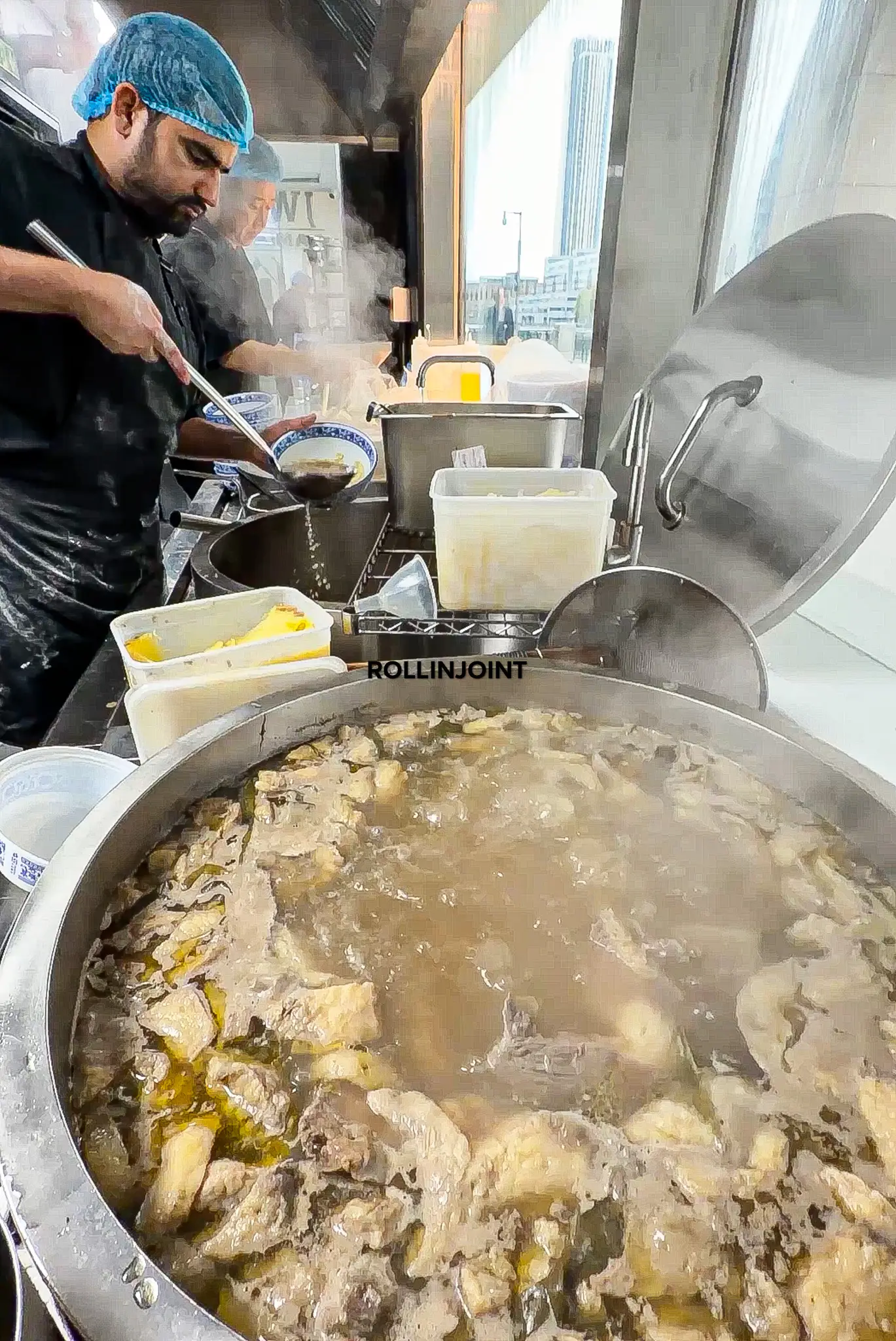
- Clear for the broth
- White for daikon slices
- Red for chili oil
- Green for coriander and spring onion
- Yellow for the noodles
Every element had a purpose. Every bowl had to be visually balanced and spiritually clean.

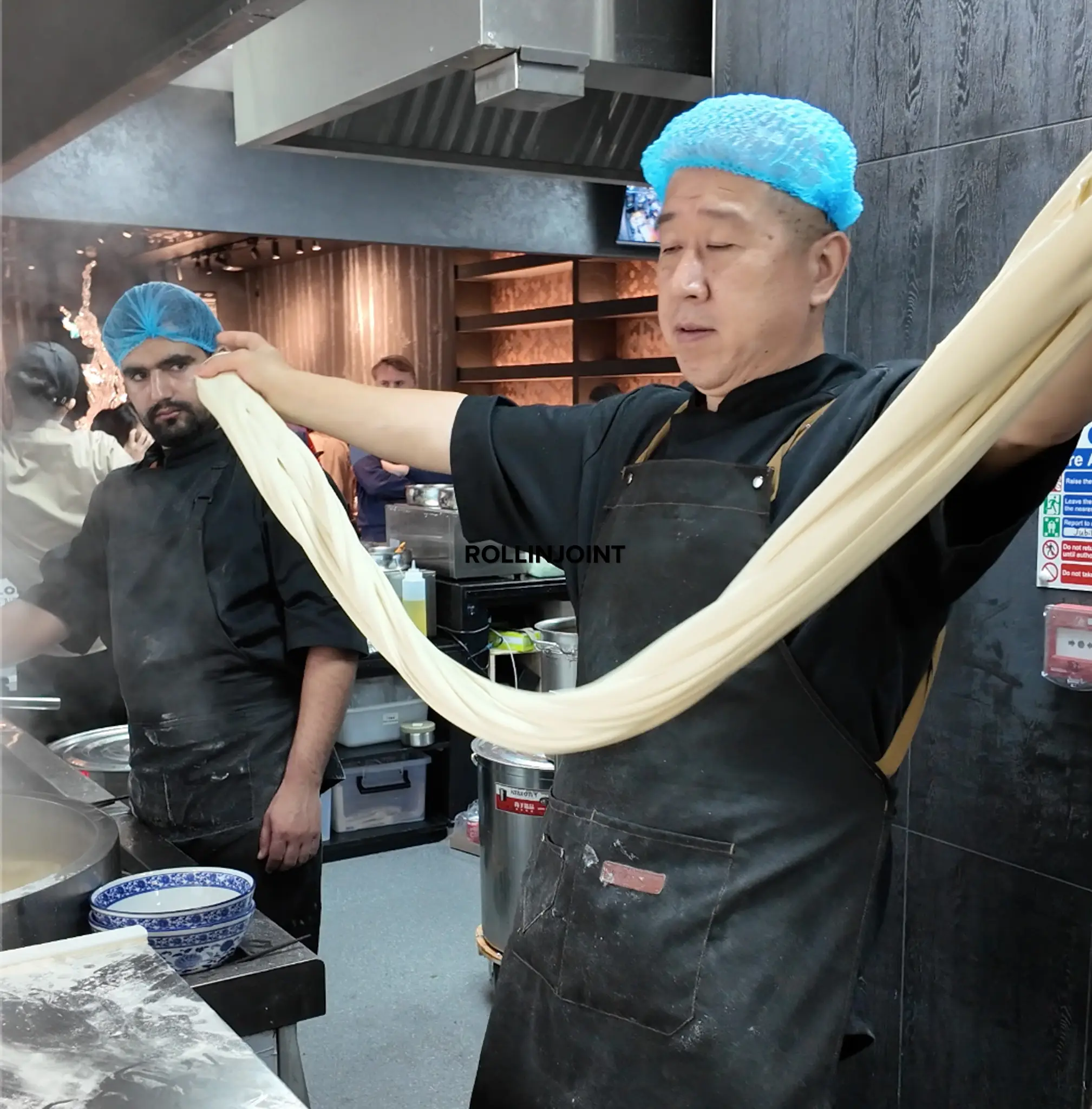
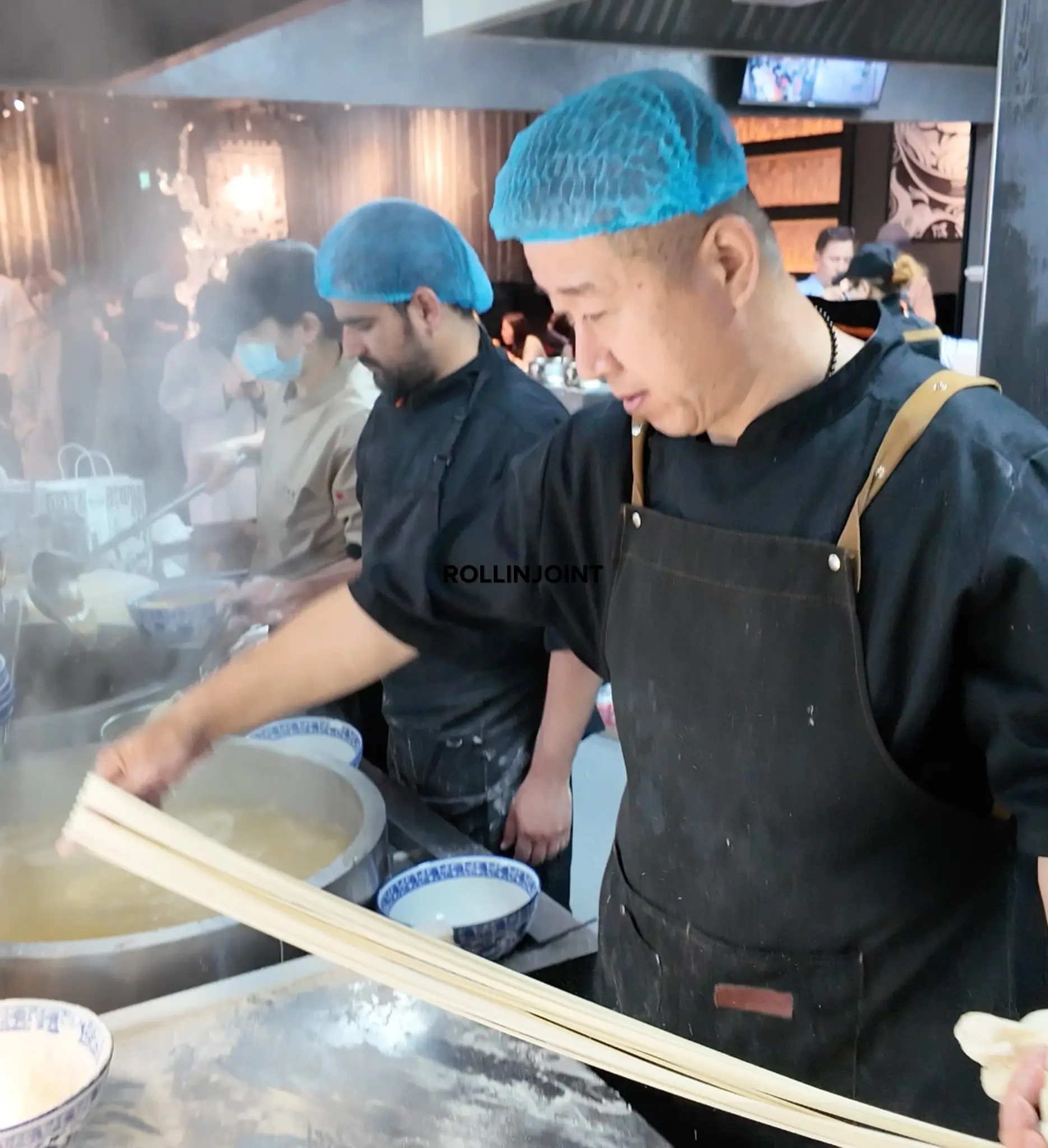
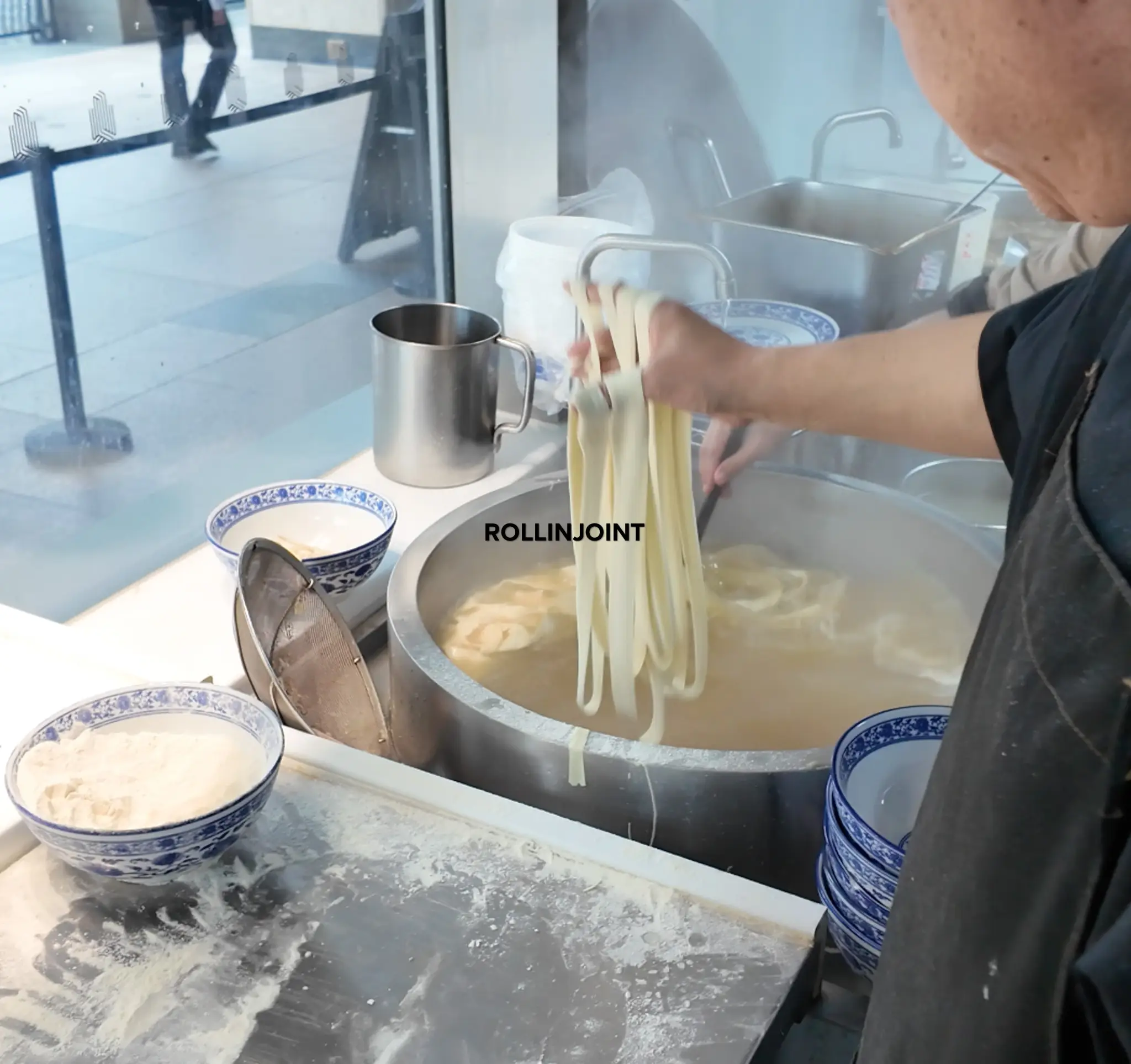


Why It Must Be Halal
Even today, restaurants in China cannot legally use the name “Lanzhou Beef Noodles” unless they are halal certified.
That’s how inseparable this dish is from its Muslim identity.
So when JWD Lamien in London serves halal beef noodles, it’s not a choice made for marketing. t’s tradition being respected.
The broth, the pulling technique, the rhythm of the dough hitting the counter, all trace back to generations of Hui noodle masters who found harmony between faith and flavor.
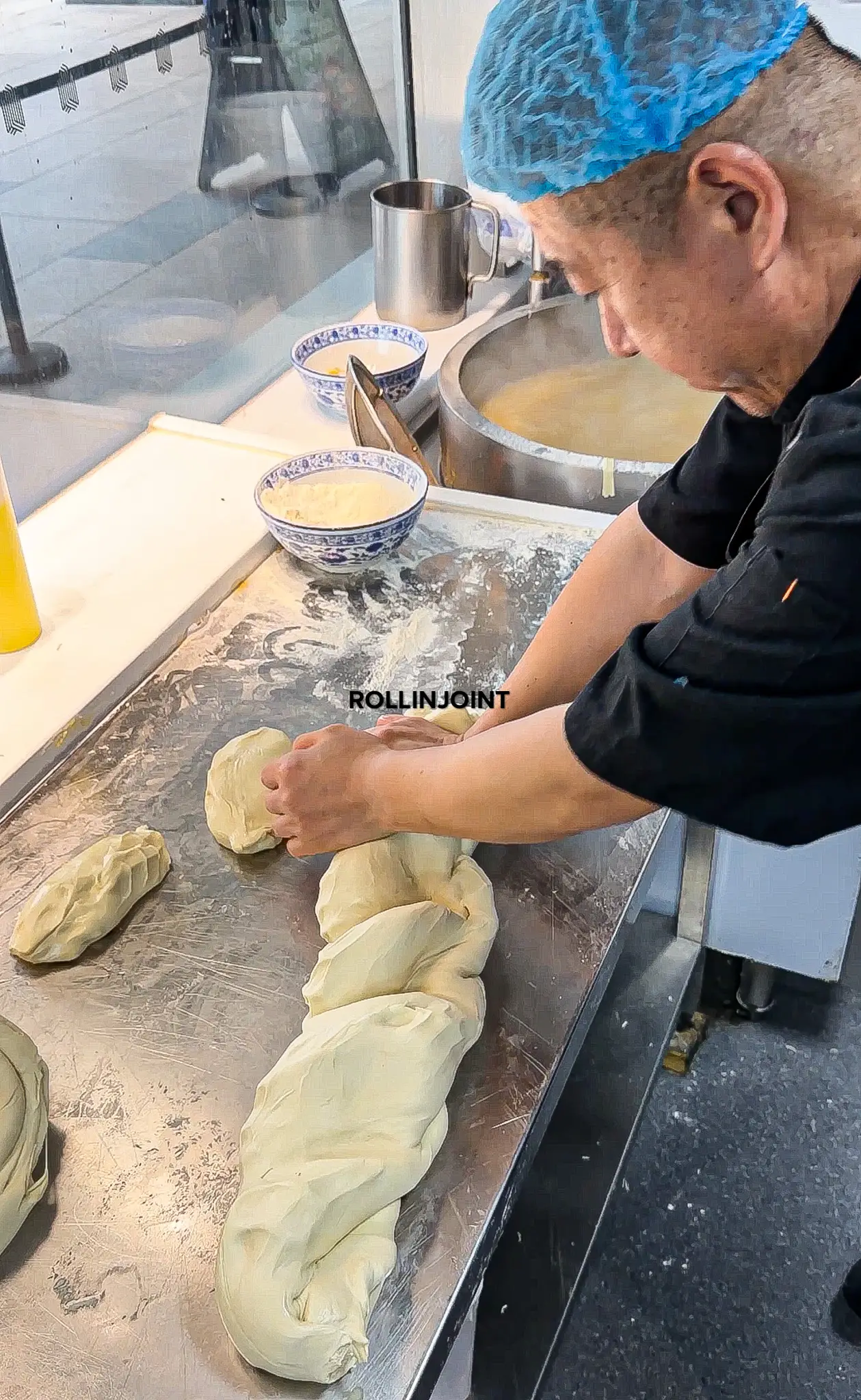
JWD Hand Pulled Noodle Bar
When you eat at JWD Lamien, you’re not just having lunch or dinner. You’re tasting a dish that traveled across borders, religions, and time, from a small city in Gansu to the heart of London. And you can actually find the full menu here.
Here are few of the dishes I ordered.
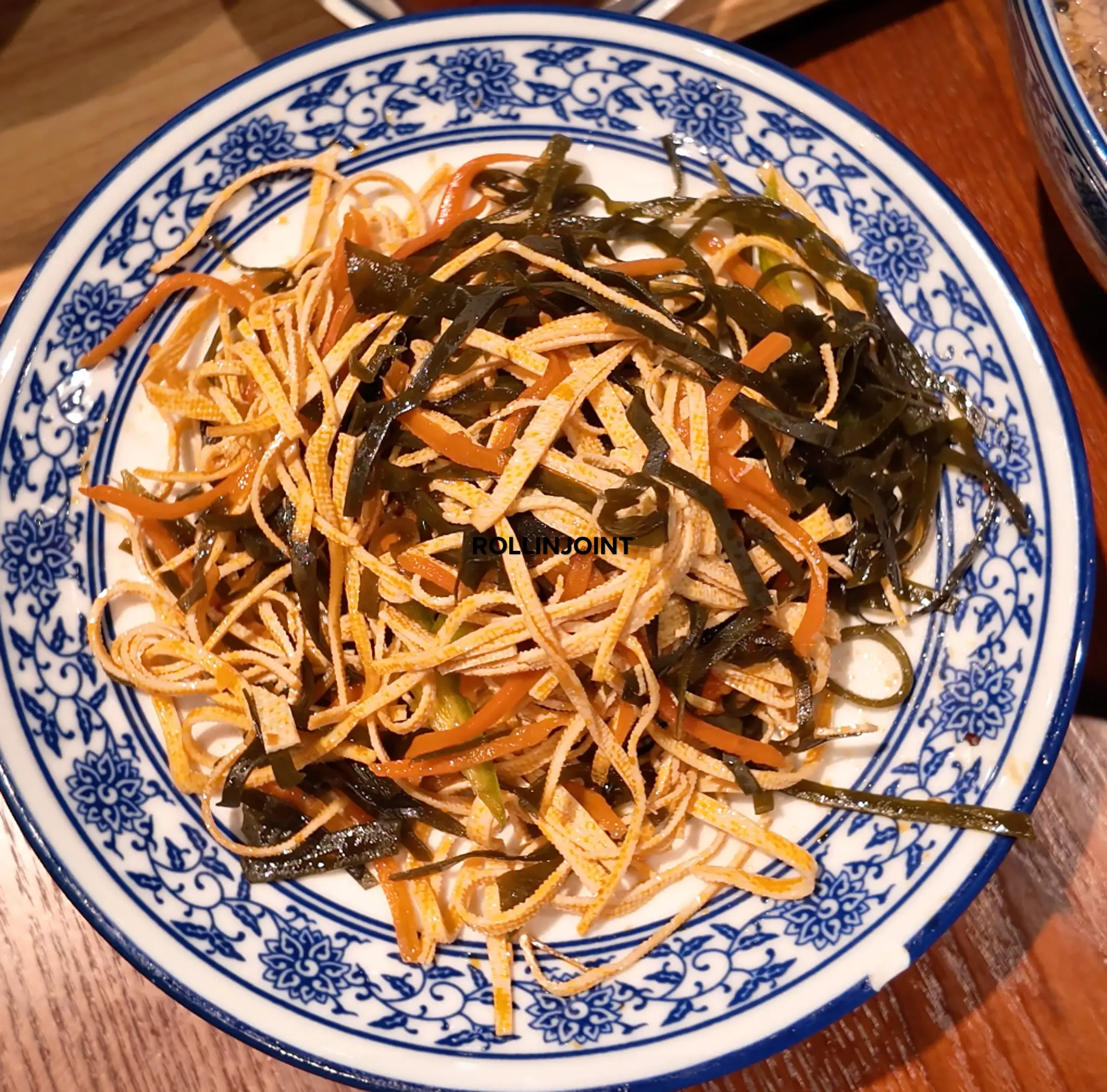
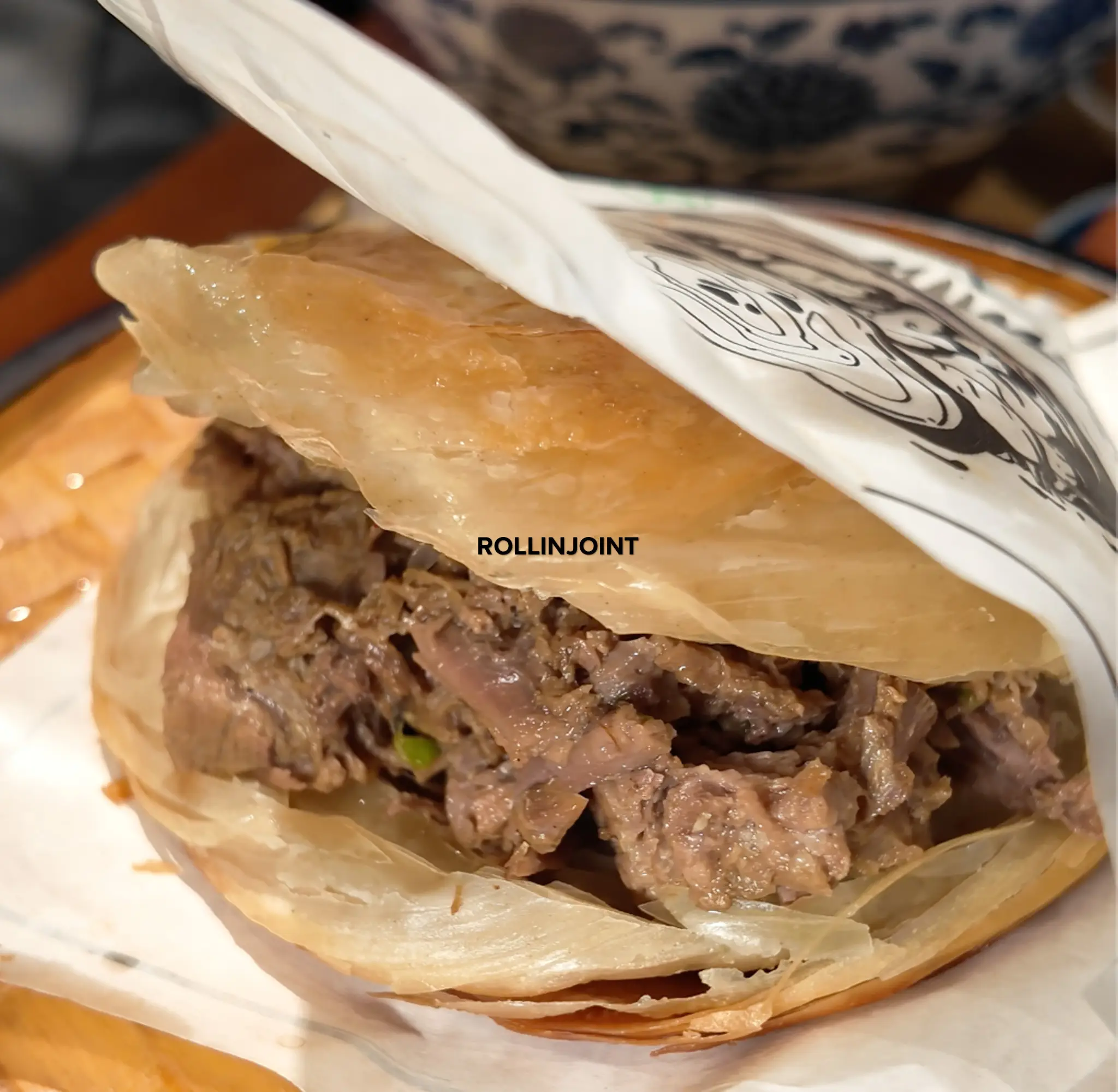
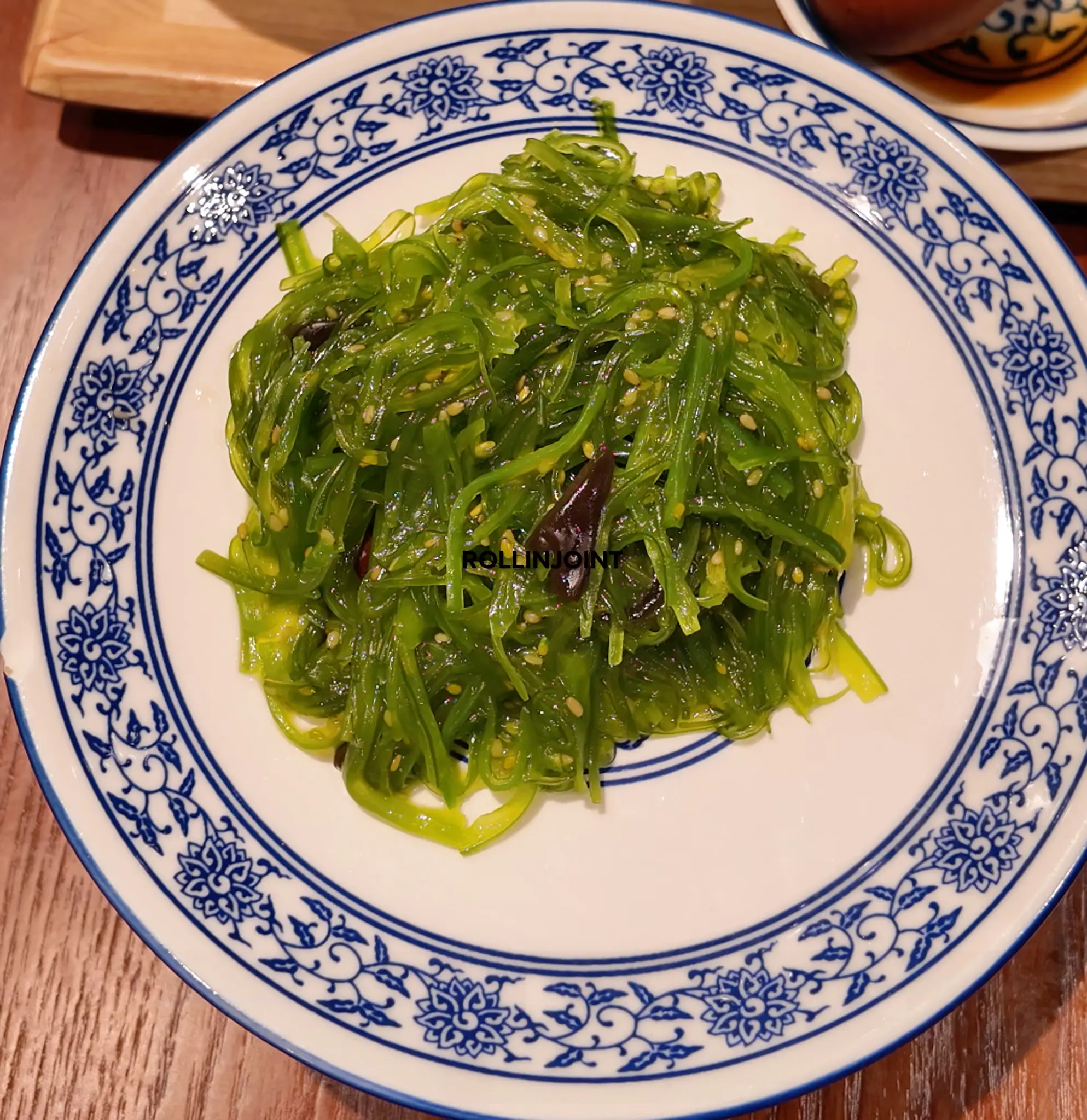

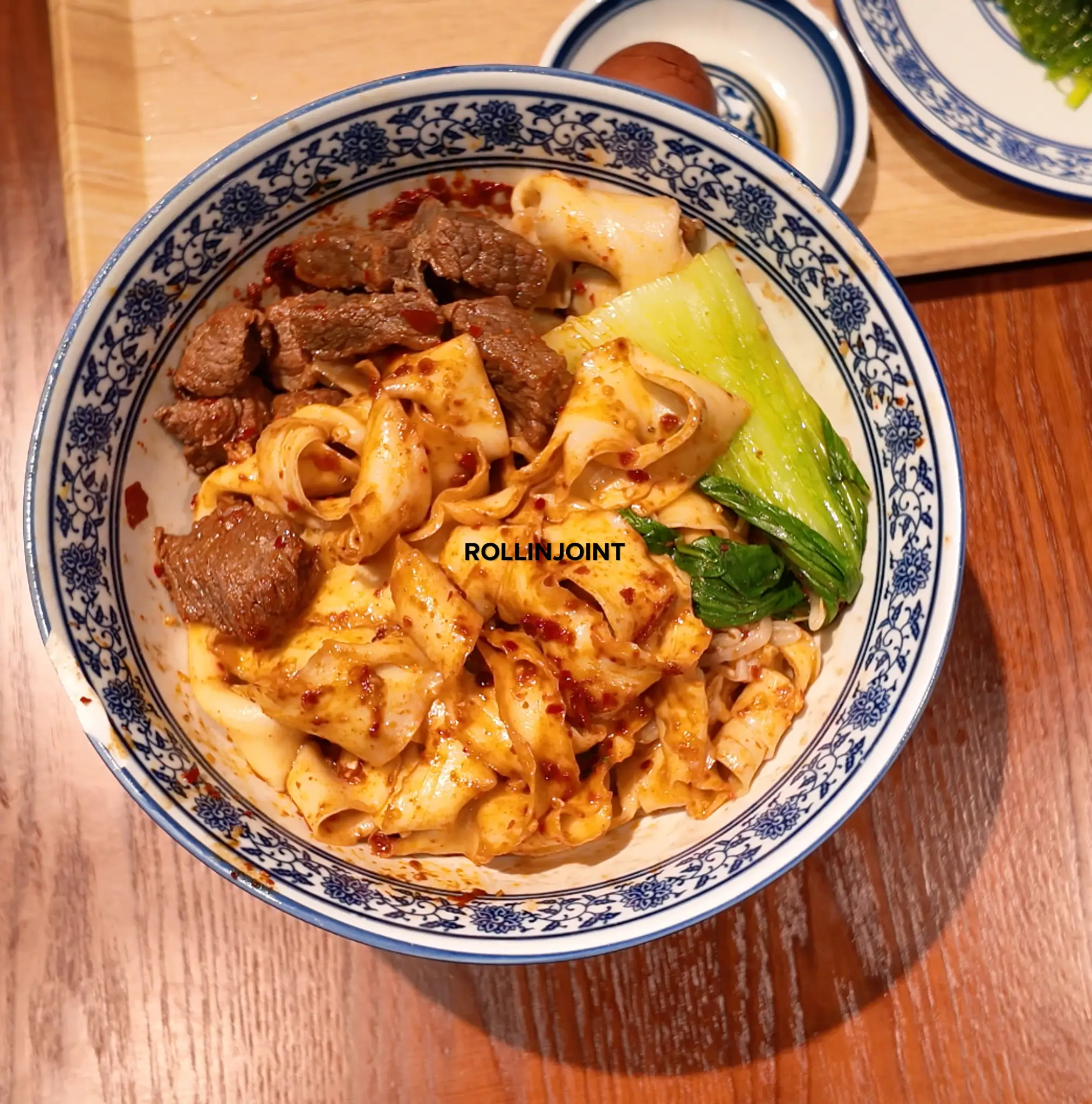
And that, to me, is what makes it Rollinproof.
Subscribe to continue reading

